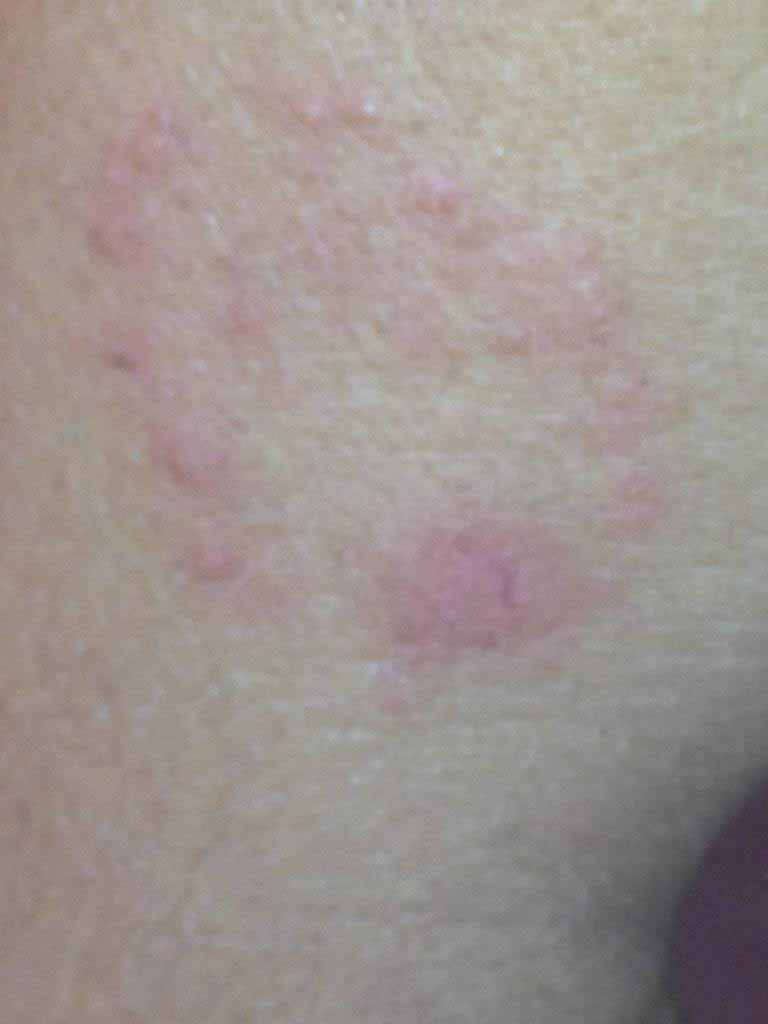I truly don’t understand! To use pesticides or not to, that is the question?
For the record I will start with this statement “Insects have killed more humans than anything else, period!” Mosquitoes and fleas primarily, mosquitoes continue to kill 1 million people each year and yet we allow these radical left wing groups to push us toward silliness. Matt Dalen of the New Canaan, Connecticut http://www.acorn-online.com wrote this article “Could ban on pesticides at schools be lifted” 1 1/2 years ago someone decided that no pesticides were a good idea and this law was passed HB-5155.
Now to another case in point, Ohio has been pushing to get a pesticide re-approved because of the big resurgence of Bed Bugs.
So I guess here is the question – How is it that in Ohio they need pesticides but Connecticut doesn’t? Frankly I’m getting tired of people jumping to the conclusion that all pesticides are BAD, the Pest Control Industry has known for years that an approach called Integrated Pest Management (IPM) works.
So what exactly is IPM – this is straight from the EPA site “
Integrated Pest Management (IPM) is an effective and environmentally sensitive approach to pest management that relies on a combination of common-sense practices. IPM programs use current, comprehensive information on the life cycles of pests and their interaction with the environment. This information, in combination with available pest control methods, is used to manage pest damage by the most economical means, and with the least possible hazard to people, property, and the environment.
The example below is based on Cockroaches:
- Acceptable pest levels – One cockroach may not trigger issues but maybe 10 might, set by school
- Preventive cultural practices – How did the roaches get into the school, prevent boxes from being delivered into the inside of the school.
- Monitoring – The use of glue boards to trigger action, by the way the use of glue board may eliminate the problem.
- Mechanical means – use of traps, glue boards, stepping on the roach or even the use of an Insect Growth Regulator.
- Biological controls – use of different micro-organisms to control pest.
- Responsible Pesticide Use – There are several products available that are considered low risk – least toxic that could be incorporated into a program. A number of years ago there was a product which was a fungus that the roaches ate, baits are also useful.
I’m sick and tired of people jumping to conclusions before they have all the facts, without pesticides insects might make a big comeback like ie Bed Bugs. Without adequate resources at our disposal people would die, so don’t blame the pesticide without the facts. The Pest Management Professional isn’t just a bugman – they are trained to use what they know and are not out to kill the world with pesticide. I’m a PROFESSIONAL and proud of that fact, I’m ticked that the first response is to get rid of the pesticide before we have all the facts. My company uses home sealing, caulking and other equipment before we bring out the pesticides in our toolbox. We use IPM daily and to prove that point we are Gold members of the Pesticide Environmental Stewardship Program – we live it EVERYDAY. I have been in homes where pesticide was the only answer, roaches and I mean roaches (100,000 upwards) children at risk from asthma, disease etc but I guess that doesn’t matter. Maybe we should ban everyone from using pesticides, using 1 can of whatever to kill 1 spider. OK rant is over!!!
 Comments anyone or are you to scared to stand up and be counted. Sheeple….
Comments anyone or are you to scared to stand up and be counted. Sheeple….








